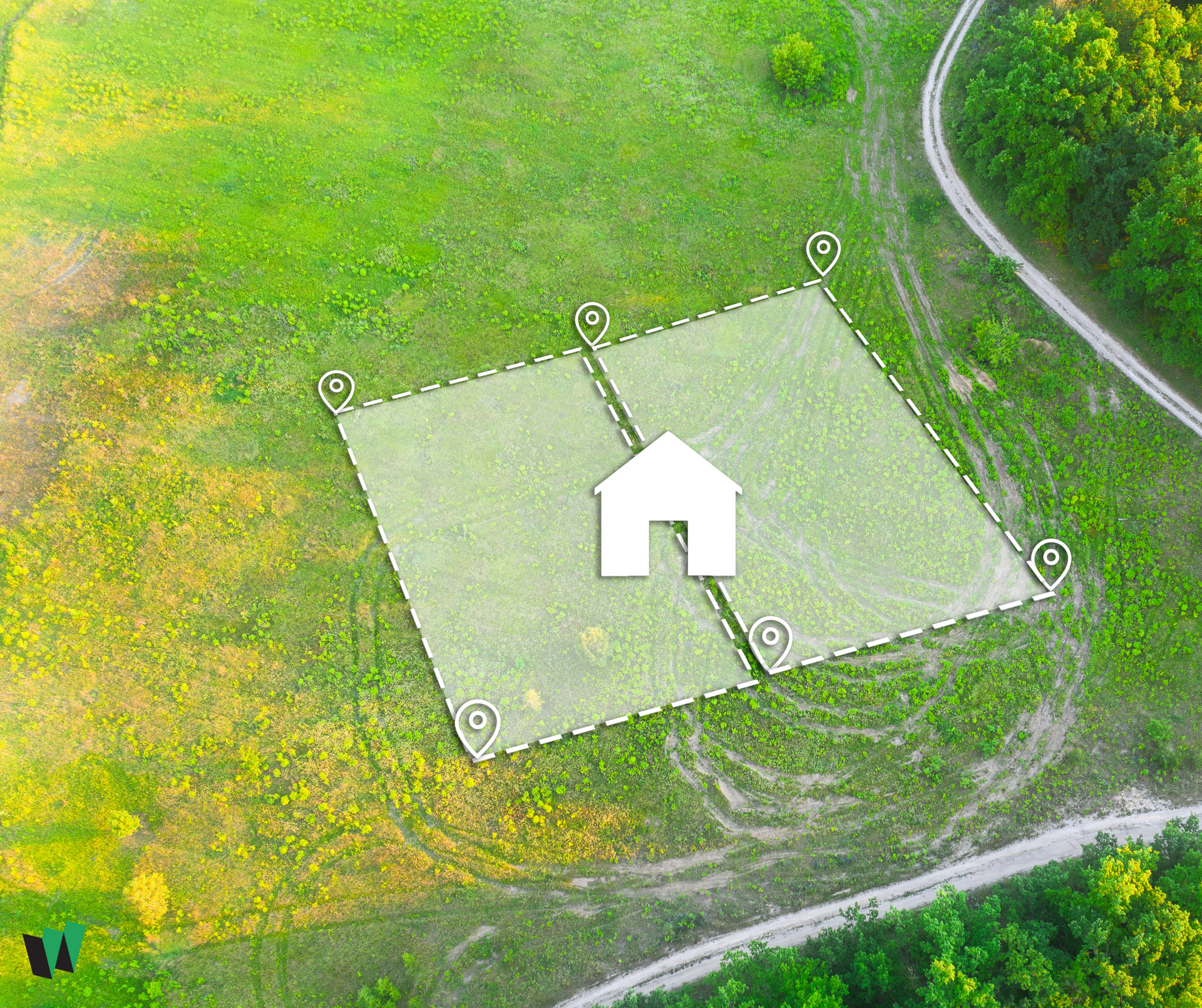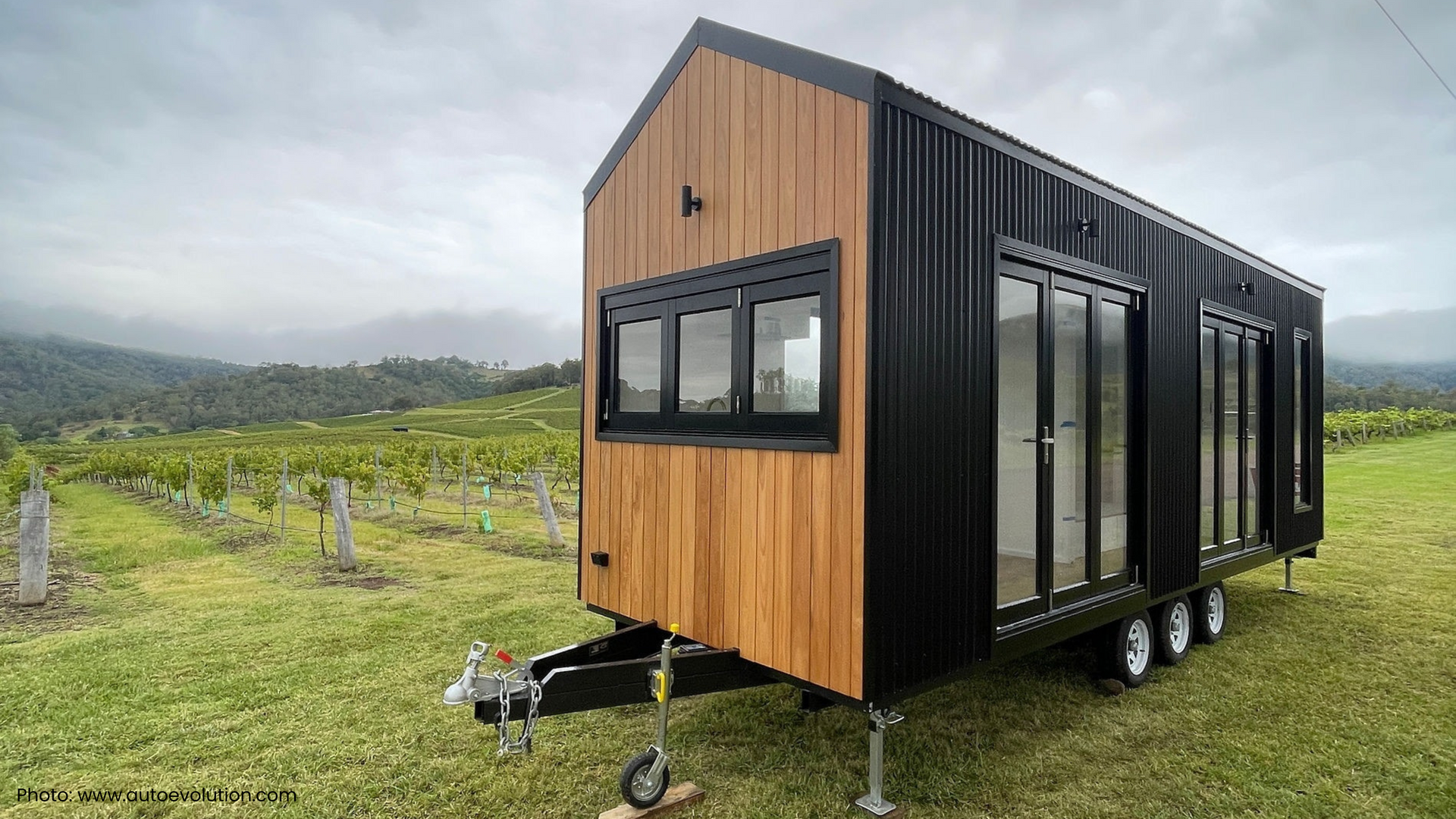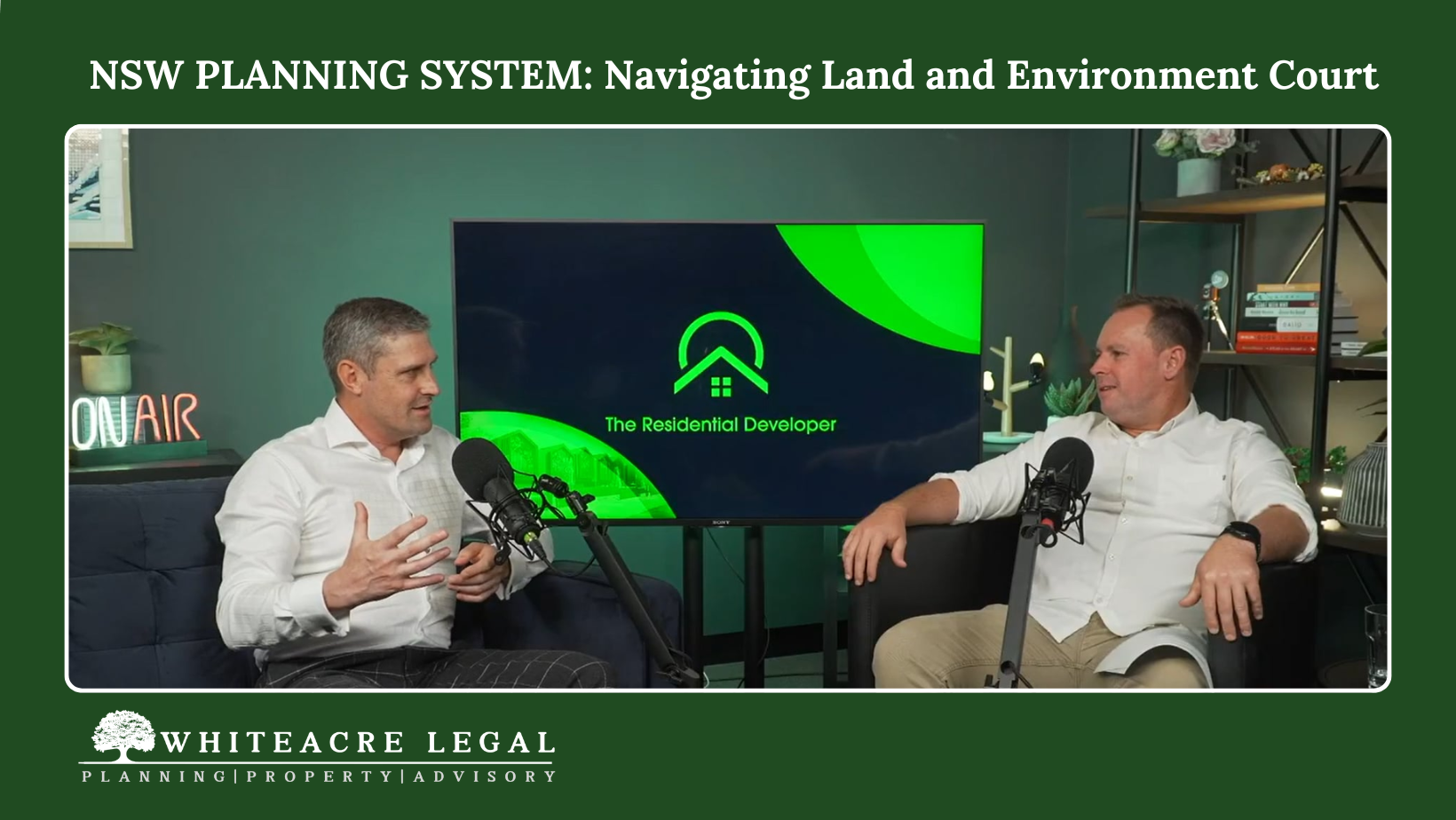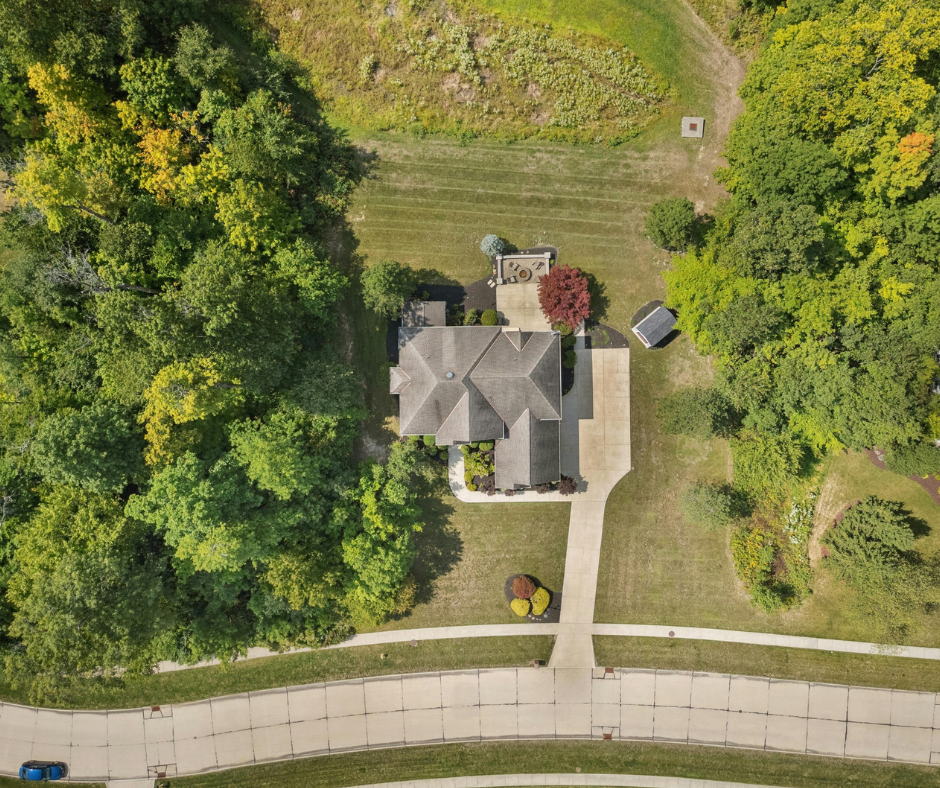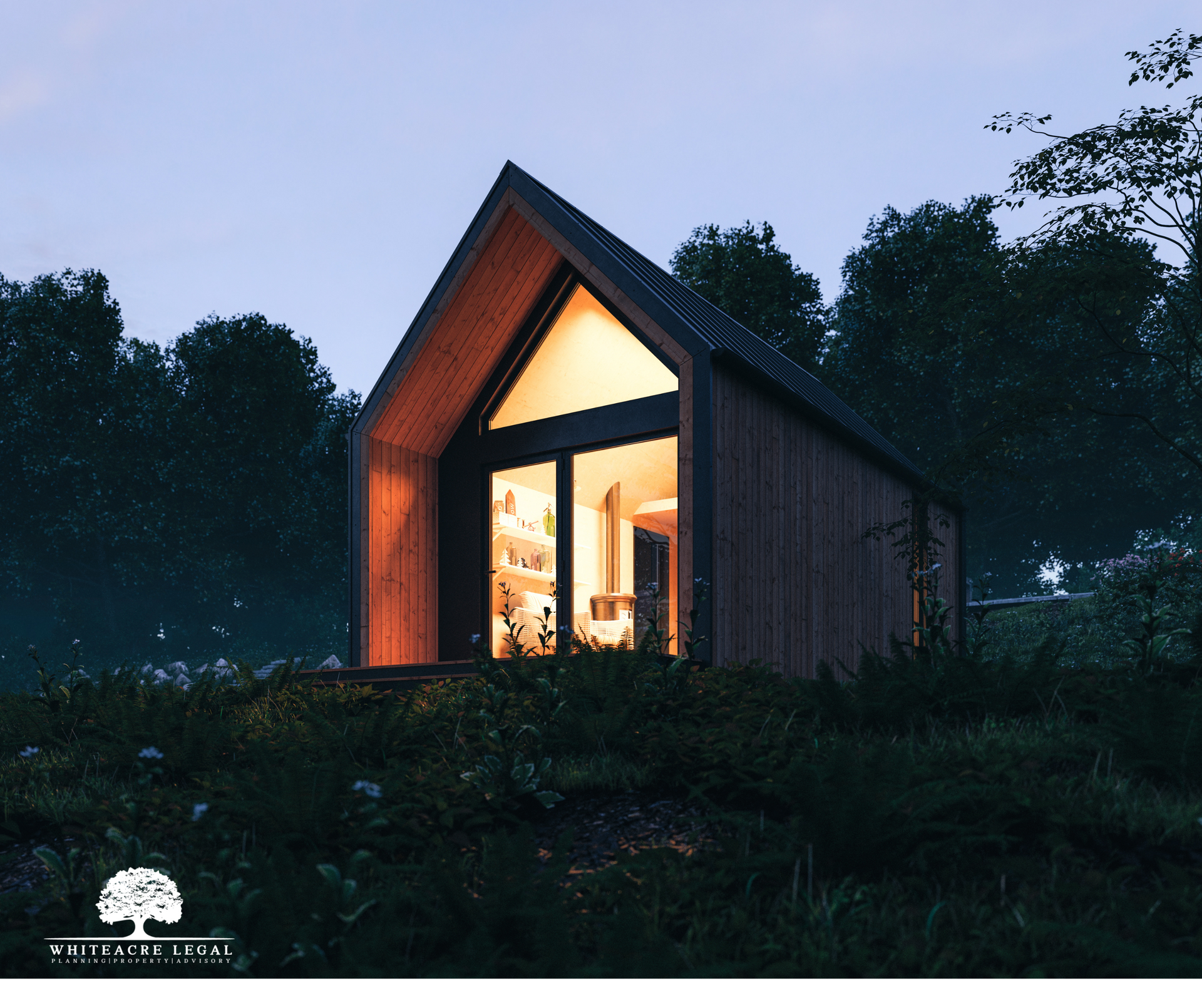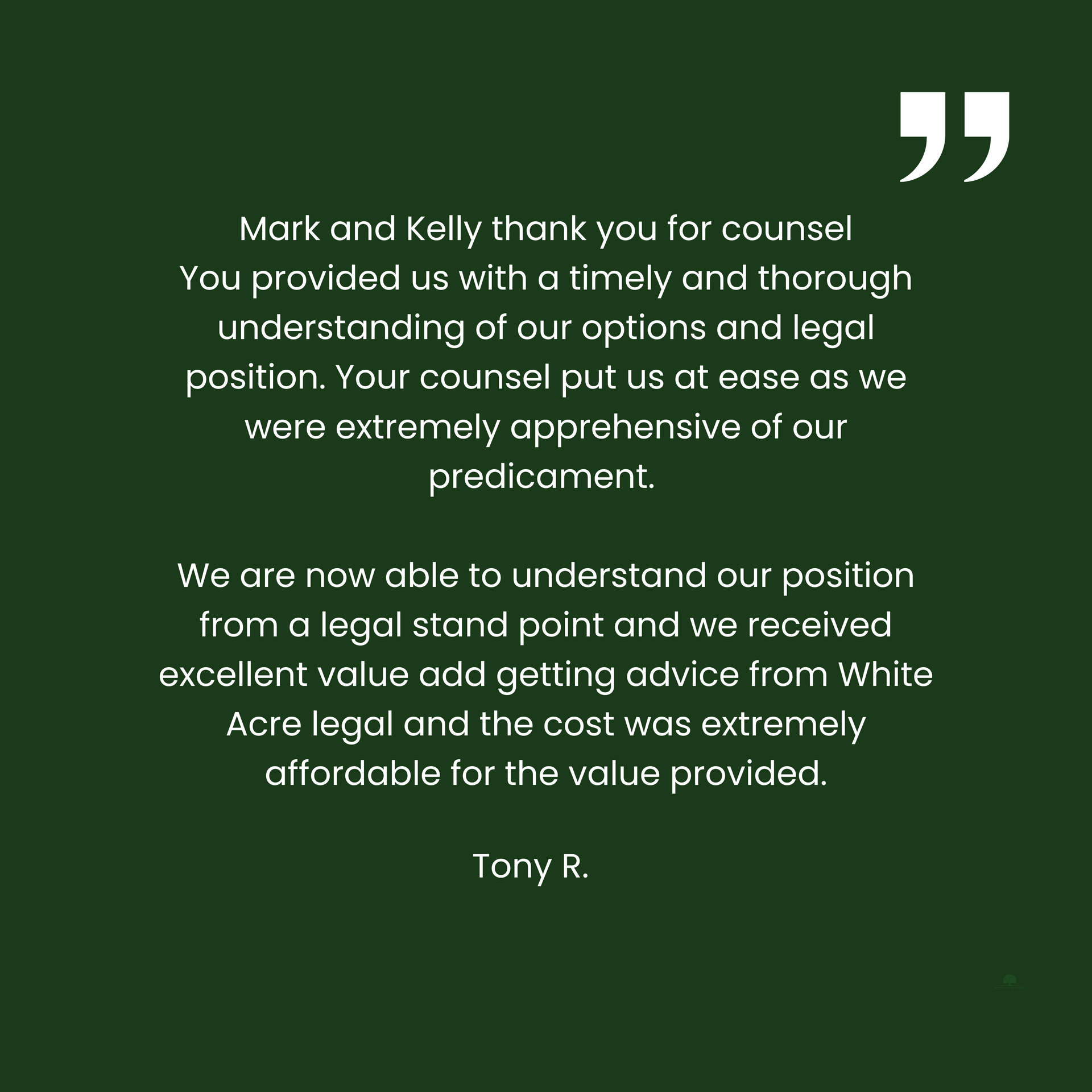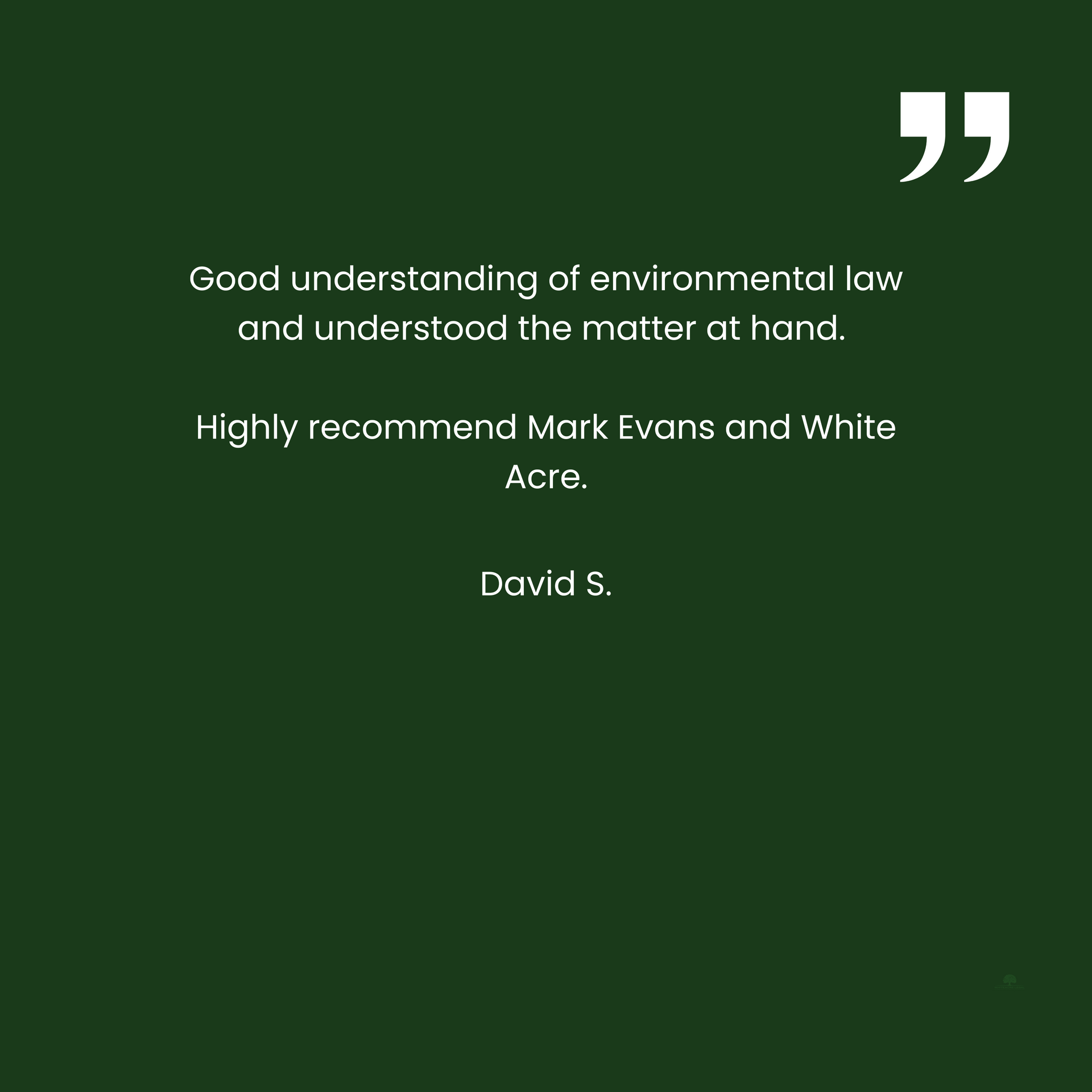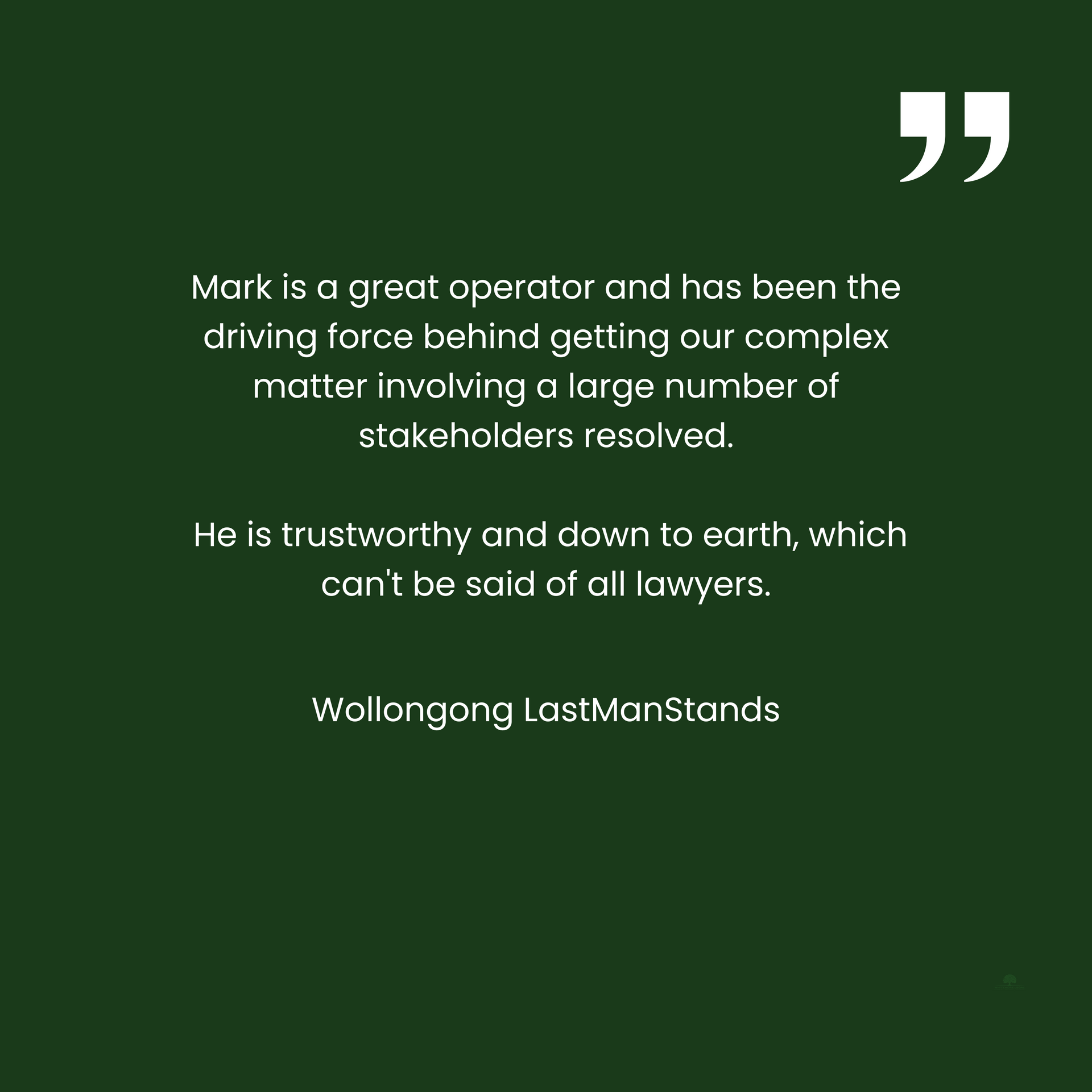Tiny Homes, Caravans and Manufactured Homes in NSW Planning Law (Part 1)
In this article we explore tiny homes, caravans, and manufactured homes.
In Part 1, we start with tiny homes and caravans on private land. In Part 2, we turn our attention to manufactured homes.
Tiny homes
The term “tiny home” is not a defined legal term, but a marketing term used to describe a very small, self-sufficient house. Tiny homes can either be classed as a manufactured home or a caravan, depending on how they are built and installed.
Tiny home manufacturers have started building tiny homes on trailers, similar to a caravan for reasons that will be explained below.
Alternatively, tiny homes may be sold as a complete module ready to be installed permanently onsite.
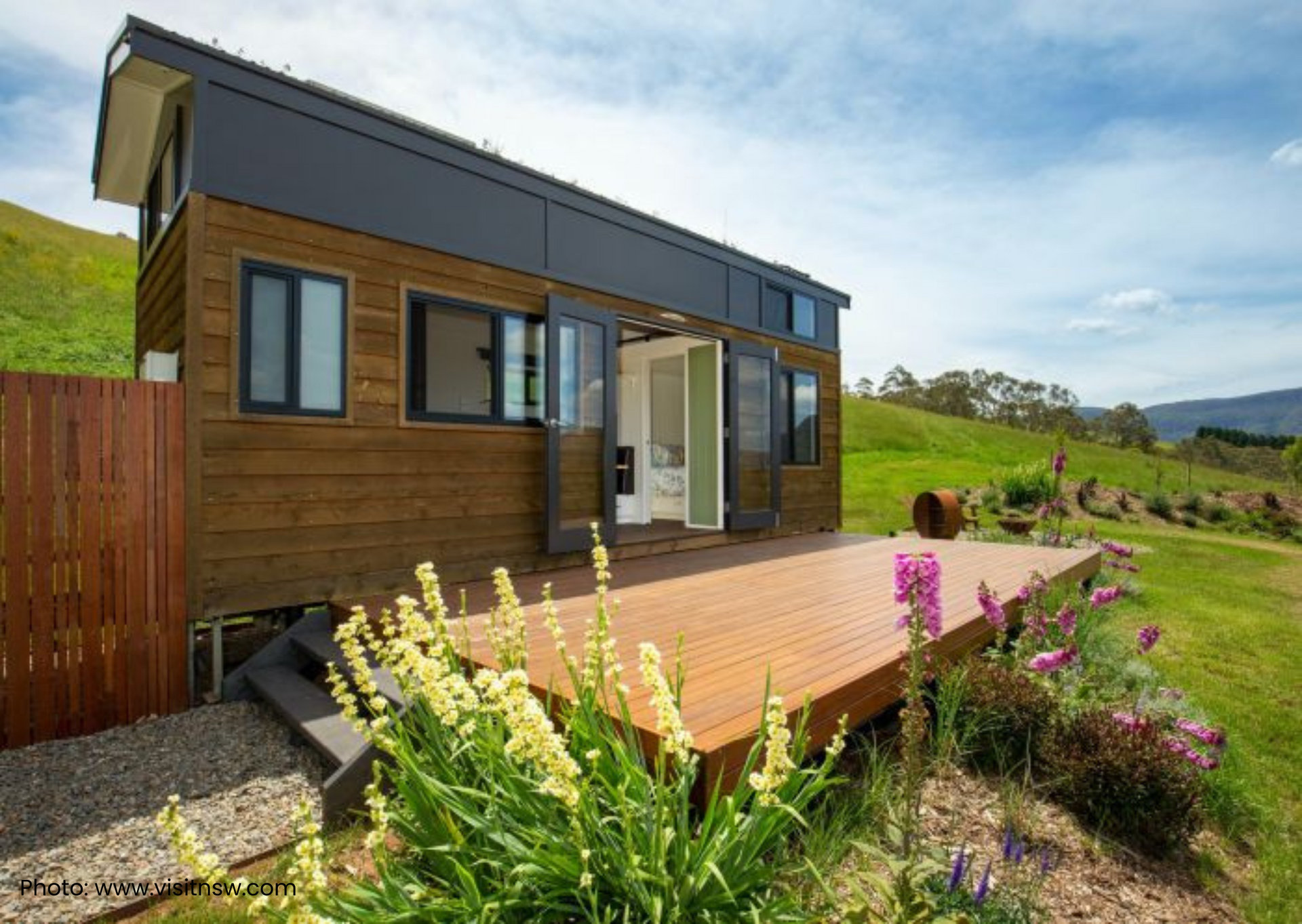
Tiny homes delivered and installed permanently onsite are properly characterised as manufactured homes and are discussed in Part 2 of this article.
Tiny homes on a trailer are characterised under planning law as caravans and are discussed below.
Caravans
Some of our readers may remember the humble caravan looking like this.
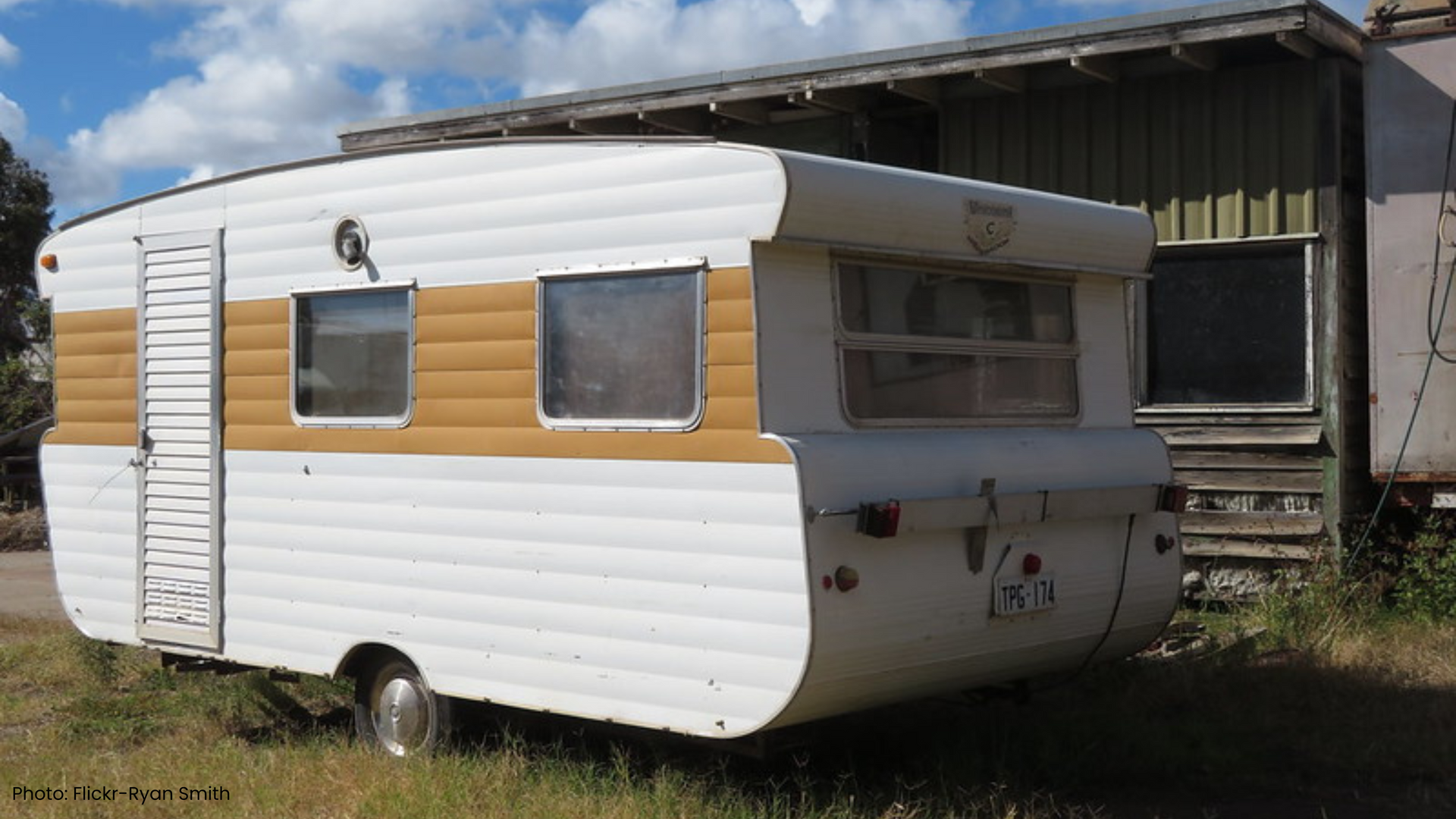
More recently, they have started looking something more like this.
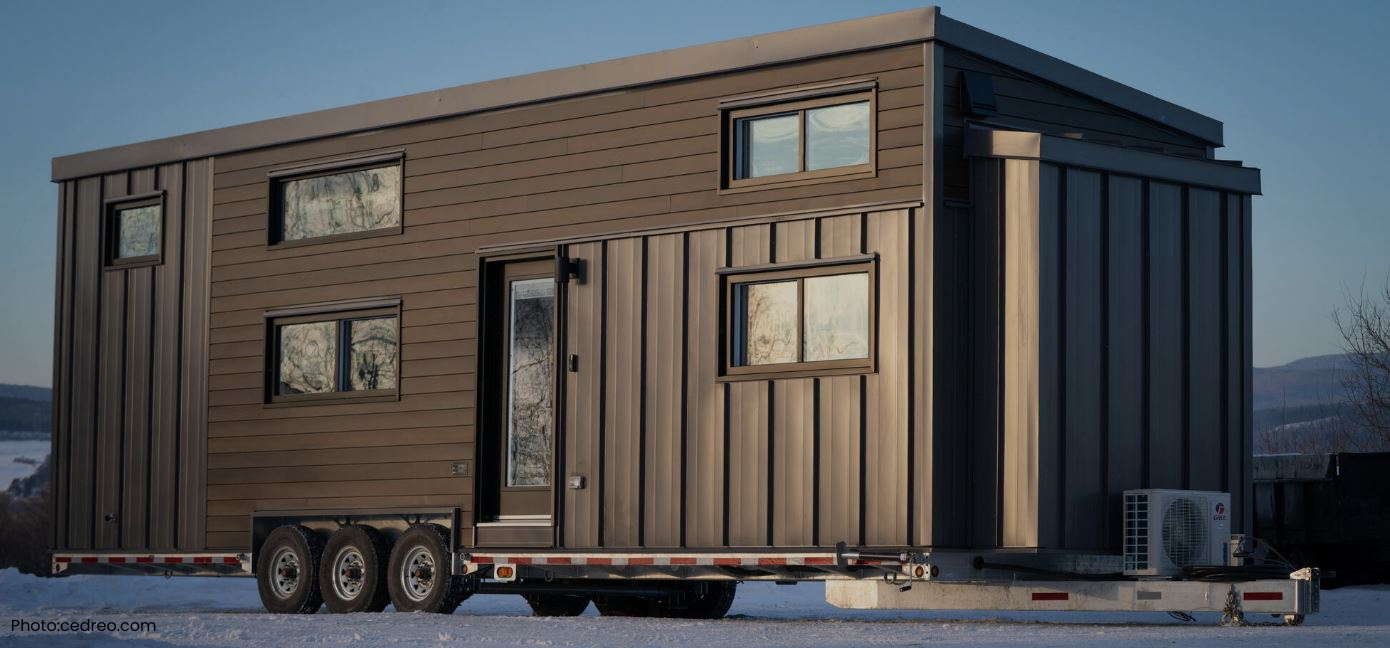
So what is a caravan?
A caravan is defined in the Local Government (Manufactured Home Estates, Caravan Parks, Camping Grounds and Moveable Dwellings) Regulation 2021 (Regulation) as:
“a moveable dwelling designed to be capable of being registered as a trailer, but does not include a camper trailer”
Let’s explore some key terms in that definition.
Firstly, a caravan is a type of moveable dwelling. Movable dwelling is defined in the Local Government Act 1993 (LG Act) as:
(a) any tent, or any caravan or other van or other portable device (whether on wheels or not), used for human habitation, or
(b) a manufactured home, or
(c) any conveyance, structure or thing of a class or description prescribed by the regulations for the purposes of this definition.
So, a caravan is a species of a moveable dwelling which contemplates that it is portable.
The degree of fixation to the land is important here. Permanent fixation to a slab or the land and connection to services may render the structure no longer being considered a ‘portable device’.
Next, a caravan must be on a trailer capable of being registered as a trailer. The Regulation does not require that the caravan actually be registered, simply that it is capable of being registered.
All trailers (including those sitting under Tiny Homes) will need a compliance plate and a Vehicle Identification Number (VIN).
There are also size restrictions for trailers:
Max height: 4.3m
Max width: 2.5m
Max weight: 4.5 ton
What are the rules around caravans on private land?
1 caravan for family use
Clause 77 of the Regulation provides that Council approval is not required for the installation of:
1 caravan on land occupied by the owner of the caravan in connection with the owner’s dwelling house if the caravan is—
(i) used for habitation only by the owner or members of the owner’s household, and
(ii) maintained in a safe and healthy condition.
One caravan may be installed on private land in connection with the owner’s dwelling if the caravan is occupied by family and maintained in a safe and healthy condition.
2 caravans occupied for limited periods
Clause 77 of the Regulation provides that Council approval is not required for the installation of:
2 caravans on private land as long as they are not occupied for:
More than 2 consecutive days, and
More than 60 days in a 12 month period.
Up to 2 caravans may be installed on private land provided they are not occupied for more than 2 consecutive days and not more than 60 days in a 12 month period.
The Regulation does not require that the 2 caravans are occupied “in connection with” the owner’s dwelling house. Further, the Regulation references “occupation” of the caravans. It is silent regarding the nature of the occupation (i.e. personal use vs. commercial use) of the 2 caravans, it simply applies a time limit to their occupation.
This has resulted in an increase in caravans and (tiny homes) in idyllic settings being rented commercially for short-term stays without council approval.
Local councils are aware of this issue and have been lobbying the NSW Government to review and redraft the Regulation. At the time of writing this article, the review is still underway.
It is not settled whether the exemption in the Regulation extends to short-term commercial stays. We could (and have) successfully mounted an argument for both sides.
The argument goes like this.
Development without prior consent, is a contravention of s4.2 of the EPA Act.
“Development” is broadly defined in the EPA Act and includes the “use” of land.
“Use” of land includes “tourist and visitor accommodation.”
“Tourist and visitor accommodation” is defined in many local environmental plans as:
“a building or place that provides temporary or short-term accommodation on a commercial basis …”
Clearly short term letting of caravans and tiny homes on AirBnB fits this definition.
So, the use of land for tourist and visitor accommodation without prior approval is a contravention of the EPA Act. The exemption under the Regulation for the occupation of up to 2 caravans does not exempt one from the requirement under the EPA Act to obtain approval for the use of land as “tourist and visitor accommodation”.
The Regulation giveth and the EPA Act taketh away.
There is case law to the effect that the design and construction of caravans on private land is regulated by the LG Act, not the EPA Act and accordingly, a caravan is exempt from any requirement for approval under the EPA Act. However, the case law is by no means settled and we expect that the Regulation will be amended before this issue is conclusively determined by a Court.
On a less controversial point, we turn to installation of caravans on rural properties.
Caravans for use on rural properties
Caravans may be exempt from the requirement for approval if they are used for farm stay accommodation. In some circumstances, up to 6 caravans can be installed for the use of farm stay accommodation on rural properties.
Caravans cannot be installed on all rural land, for example within flood areas or areas of significant biodiversity. There are also extensive development standards that must be met, for example the height of each caravan cannot be greater than 4.5m, the landholding must be greater than 15 hectares, wastewater must be managed appropriately and so on.
One should always engage a competent town planner to provide planning advice unique to each specific situation. This is not an area to skimp on cost. A great town planner is worth their weight in gold and can often deliver value far exceeding their fees.
Conclusion
Tiny homes and caravans can be installed on private land without the need for prior approval. Whether those caravans can be rented commercially remains unclear.
Before relying on an exemption or installing caravans on private land it is wise to seek professional advice from a competent town planner.
This article has considered tiny homes and caravans on private land in NSW. Part 2 of this article will examine Manufactured Homes.
Disclaimer
The contents of this article are a general guide and intended for educational purposes only. Determination of the types of issues discussed in this article is complex and often varies from case to case and involves an understanding of matters of fact and degree. Opinions on those matters can vary and be matters on which reasonable minds may differ.
DO NOT RELY ON THIS ARTICLE AS A SUBSTITUTE FOR COMPETENT LEGAL ADVICE.
Require further Assistance? Please do not hesitate to call us on (02) 9145 0900 or make an enquiry below.
Browse by categories

Servicing all of NSW, Whiteacre provides expert property law and planning and environment law advice and assistance.
✓ Planning Law Advice
✓ Land and Environment Court Appeals
✓ Voluntary Planning Agreements and Contributions
✓ Development Control Orders and Enforcement
✓ Property Development Advice and Due Diligence
✓ Title Structuring
✓ Easements and Covenants
✓
Strata and Community Title legislation
Book an initial consultation through our website with our planning law solicitor. Whether it's about planning and environment law or property law, you can approach us and discuss your matter to make sure we are a good fit for your requirements.
